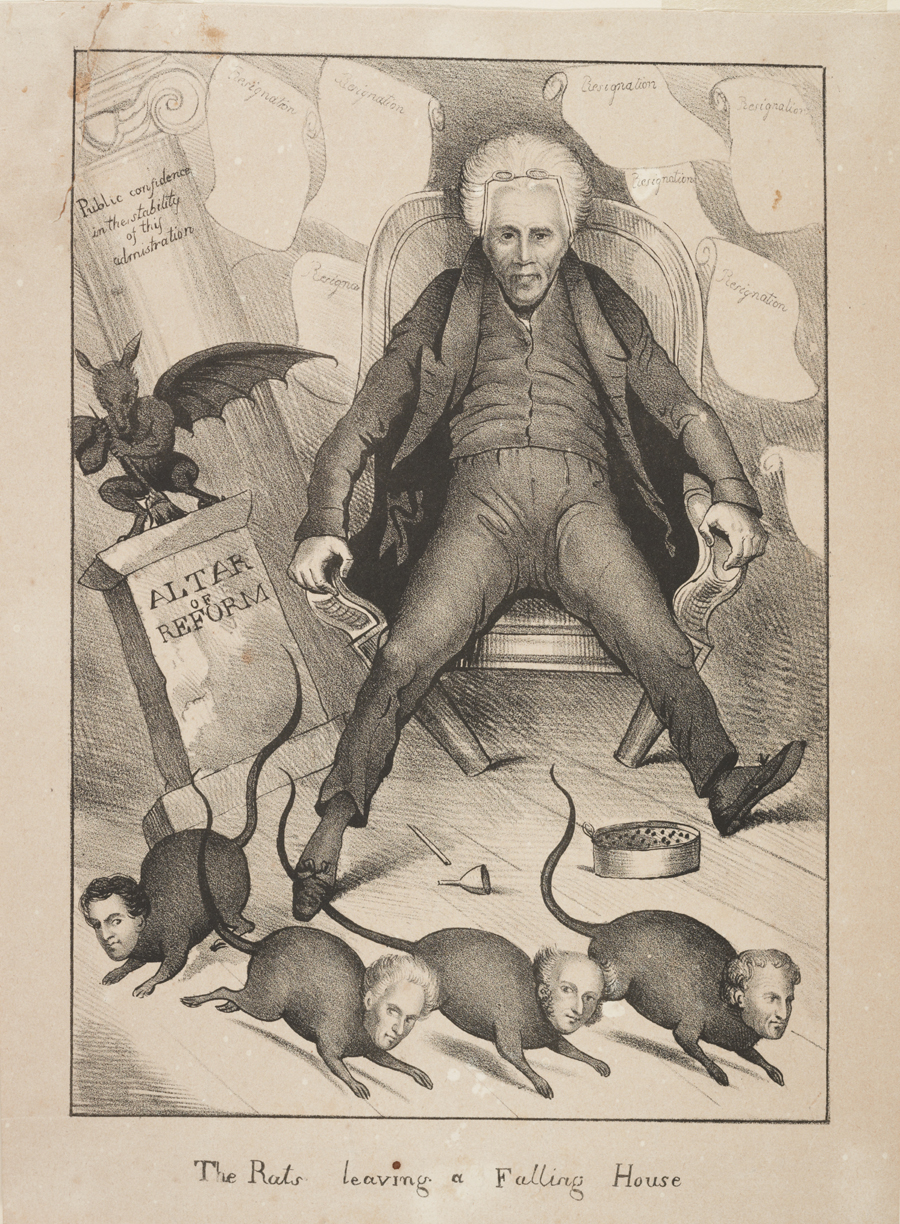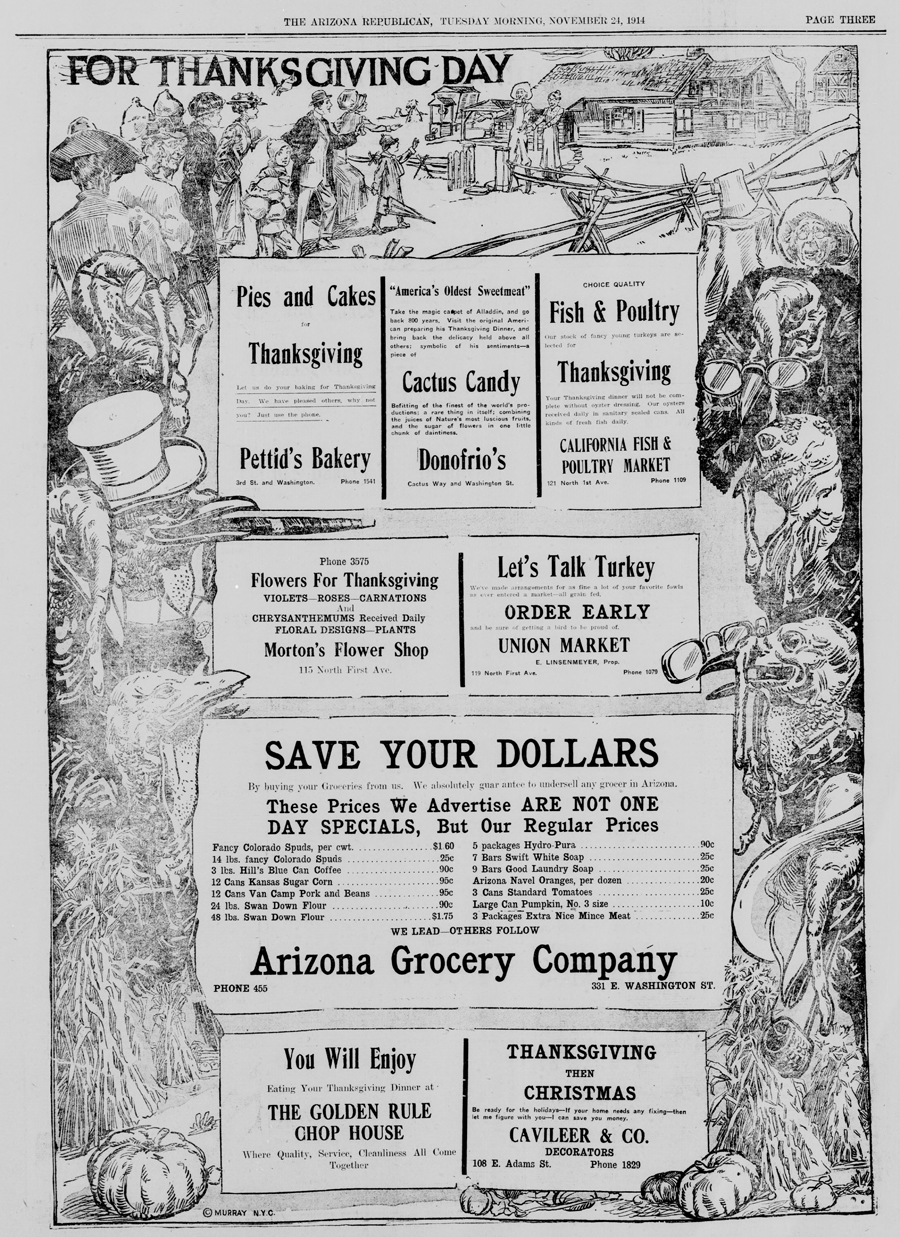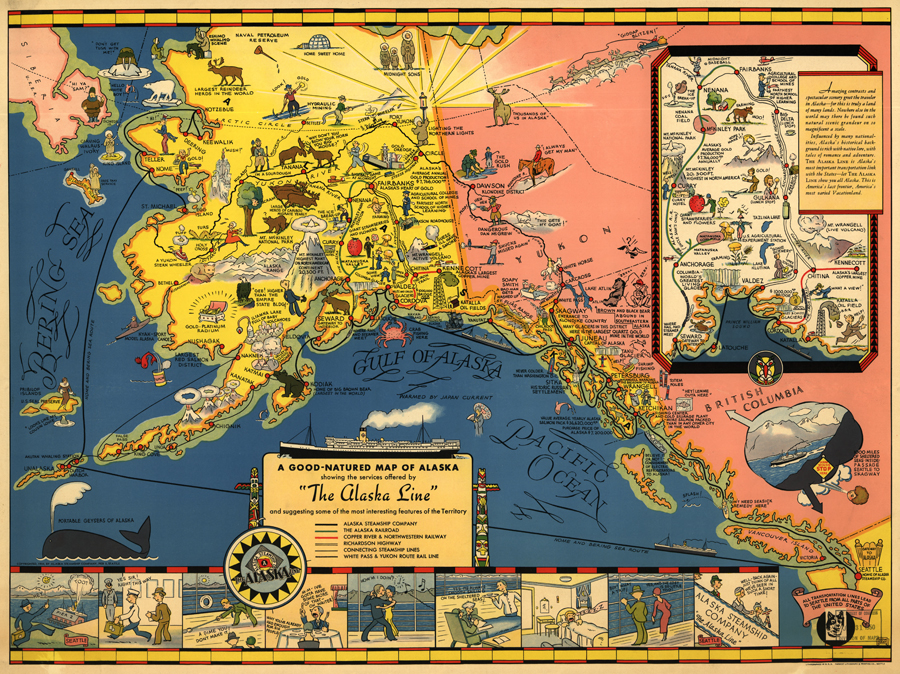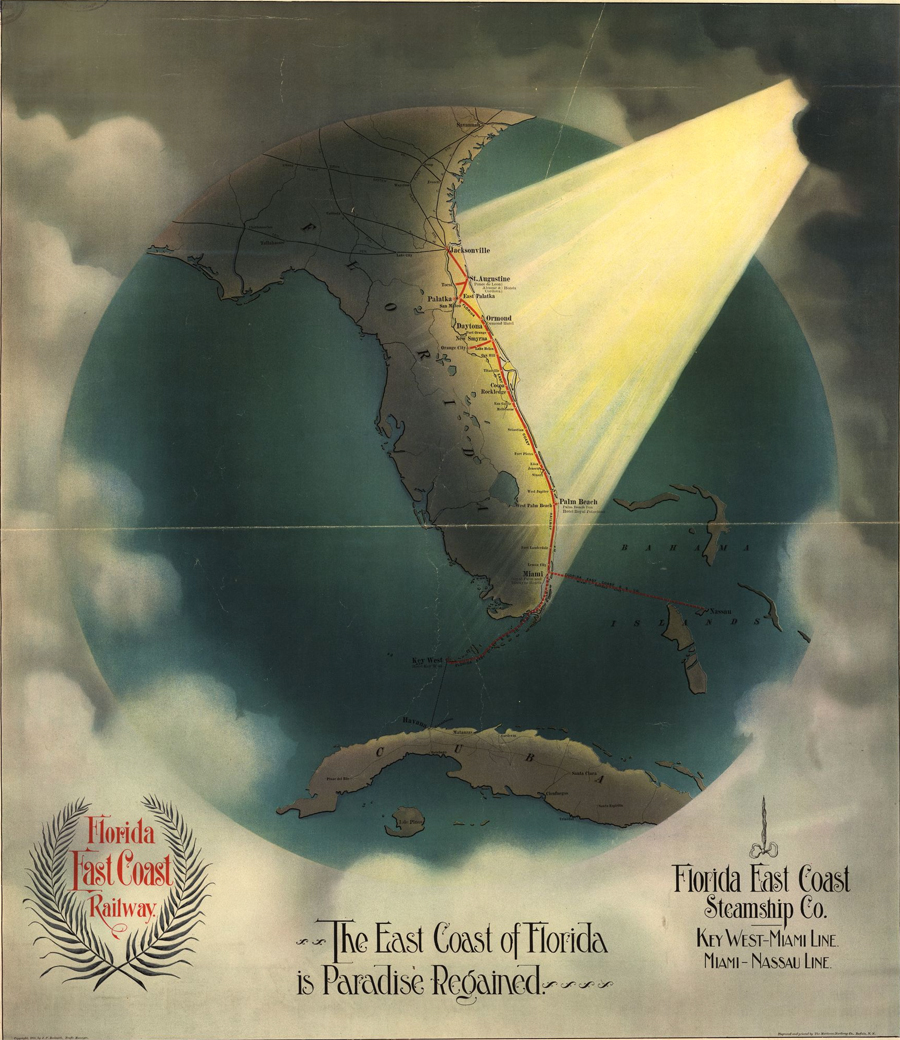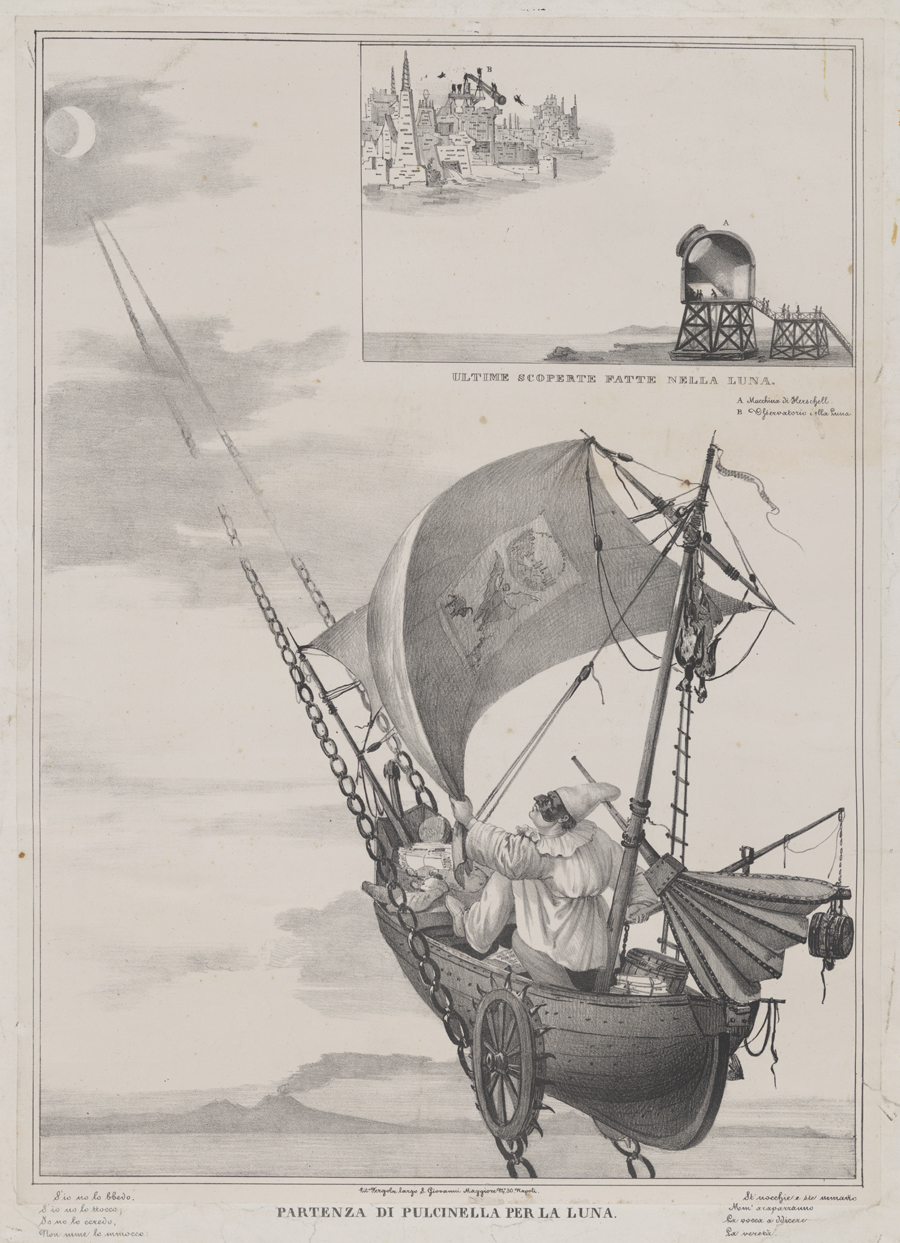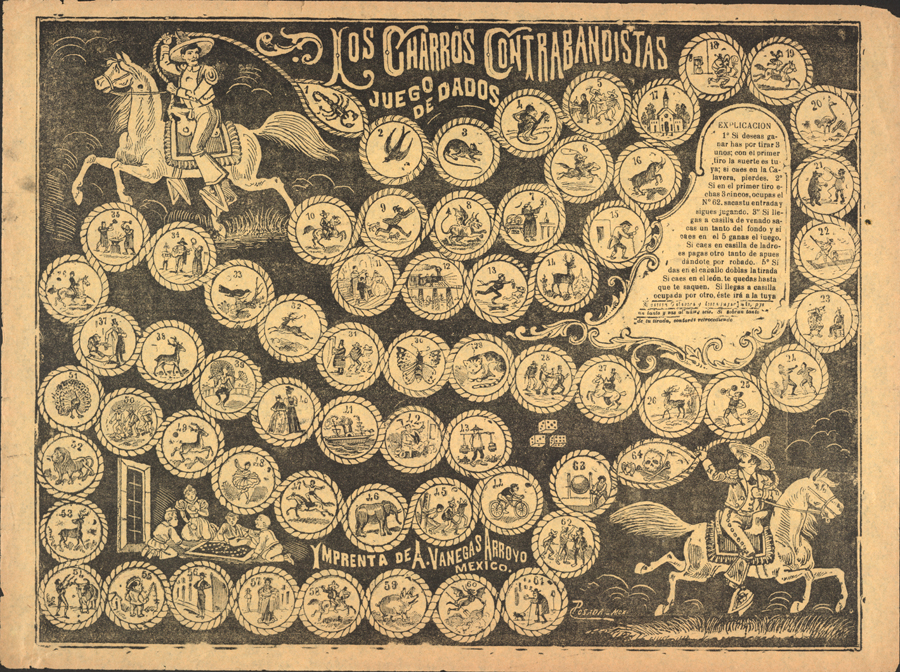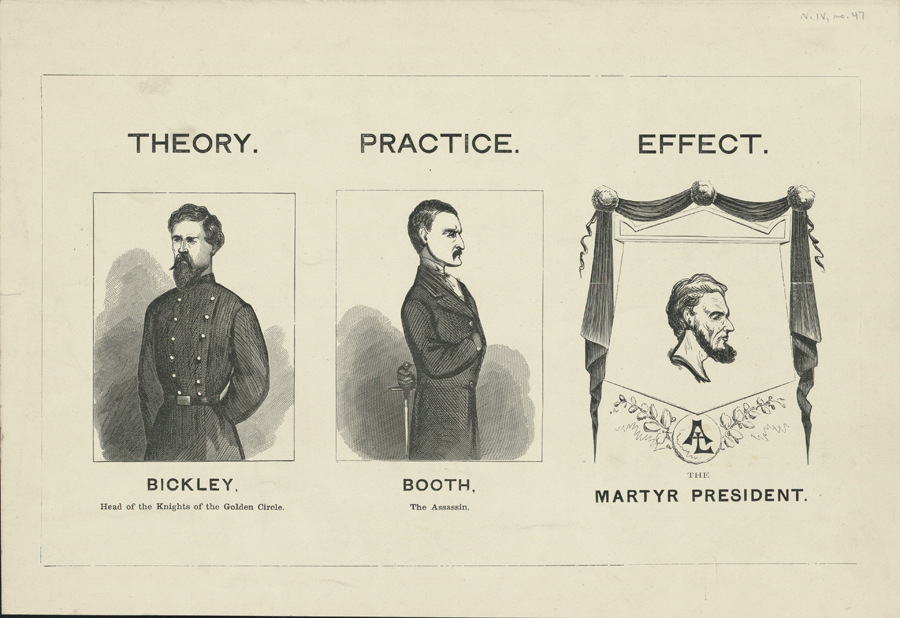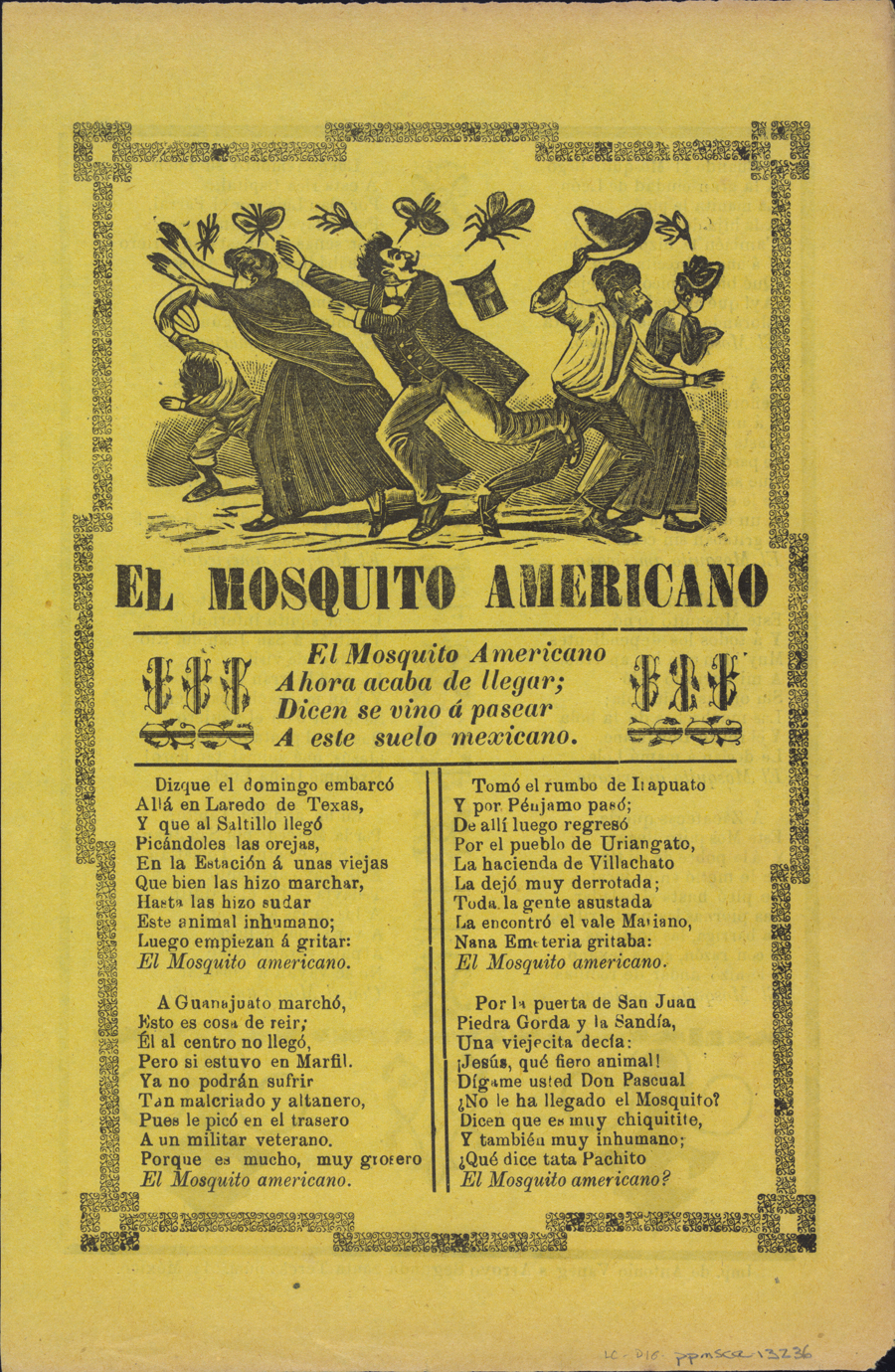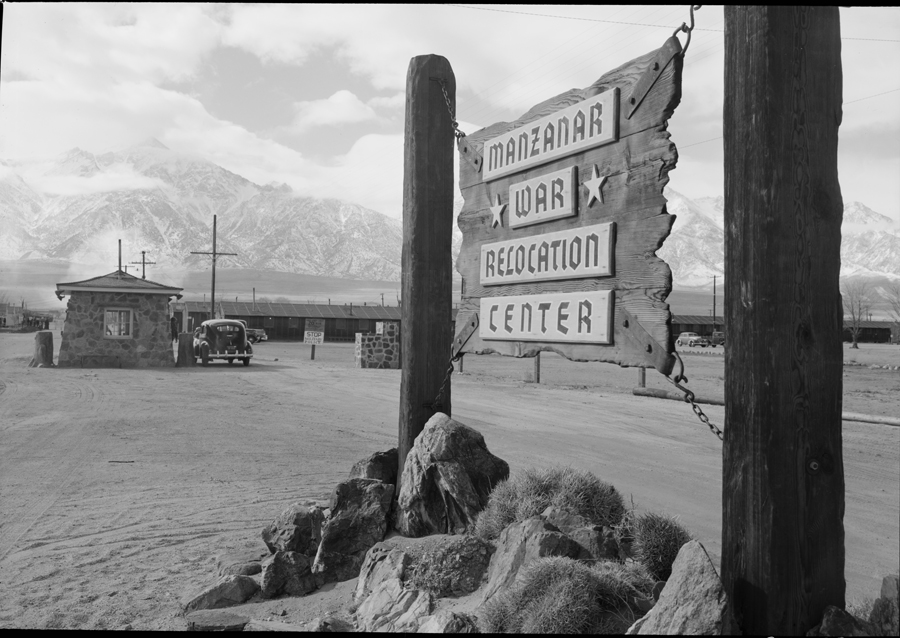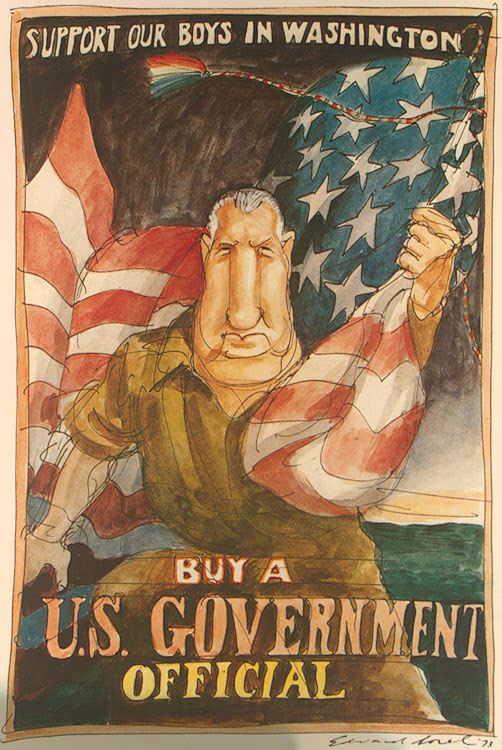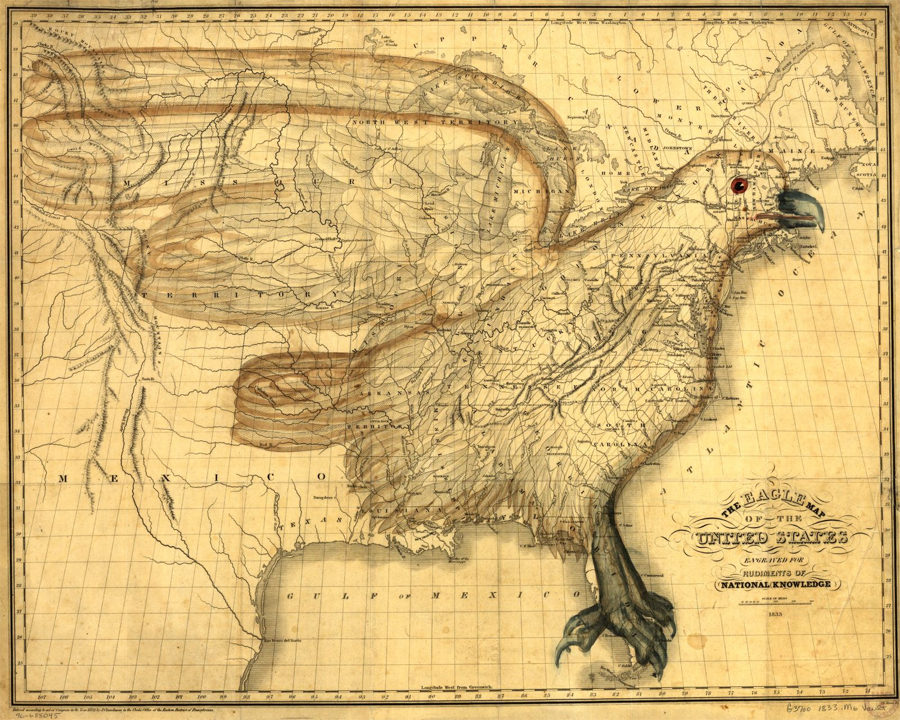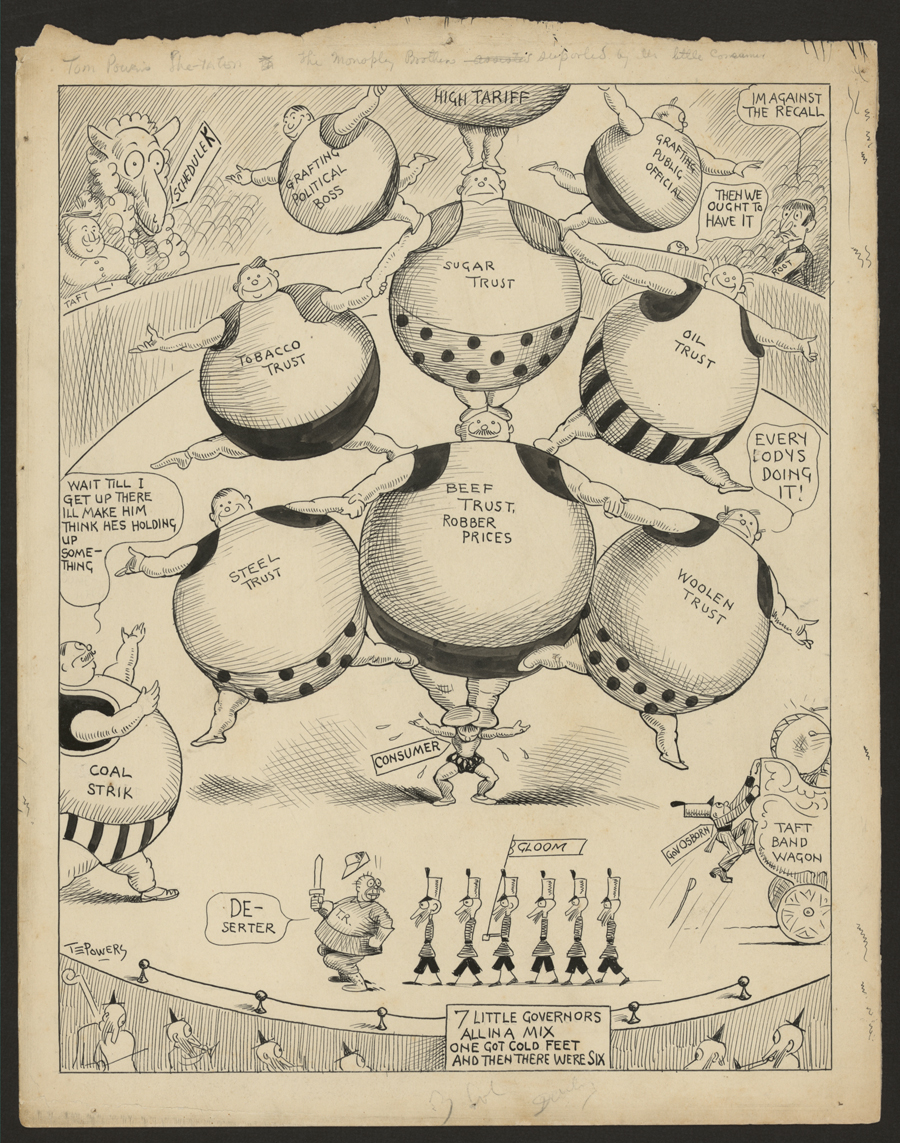Guided Primary Source Analysis: Rats Leaving a Falling House
Zoom into a larger image of this political cartoon. Make a list of details that you see. Then describe the story you think this source tells using the details you noted as evidence. Compare and contrast this source with a similar political cartoon by Edward W. Clay (view larger image). What similarities and differences do you…

